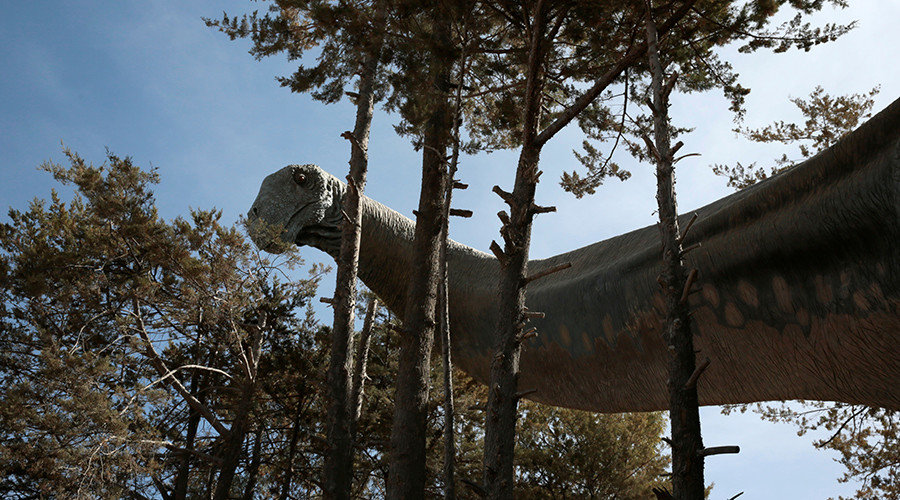OF THE
TIMES
We'll know our disinformation program is complete when everything the American public believes is false.
I remember a podcast from Clif High some while ago. He had reported about written statements from guys who were hired to dump sack of giant human...
The legal team representing high-powered insurers Lloyd's and Arch says that since the Nord Stream explosions were "more likely than not to have...
NPR = Non-Player Reporter.
Just in case someone has missed the Why Files take on this story: "Forbidden Archaeology: Lost Giants of America | The Smithsonian's Biggest...
The "Red headed giants we went to war with before we herded them into a cave and burned them all" or variations thereof is pretty universal. There...
To submit an article for publication, see our Submission Guidelines
Reader comments do not necessarily reflect the views of the volunteers, editors, and directors of SOTT.net or the Quantum Future Group.
Some icons on this site were created by: Afterglow, Aha-Soft, AntialiasFactory, artdesigner.lv, Artura, DailyOverview, Everaldo, GraphicsFuel, IconFactory, Iconka, IconShock, Icons-Land, i-love-icons, KDE-look.org, Klukeart, mugenb16, Map Icons Collection, PetshopBoxStudio, VisualPharm, wbeiruti, WebIconset
Powered by PikaJS 🐁 and In·Site
Original content © 2002-2024 by Sott.net/Signs of the Times. See: FAIR USE NOTICE

Reader Comments
Maybe Nedlud should move there.
Global warming strikes again. What news topic these days does not include some reference to global warming? It is a sad thing "they" have done to us because lately, as soon as I hear 'global warming', the rest of the article is a waste of time.
Oh wait, Niall, does this put me in the special camp?